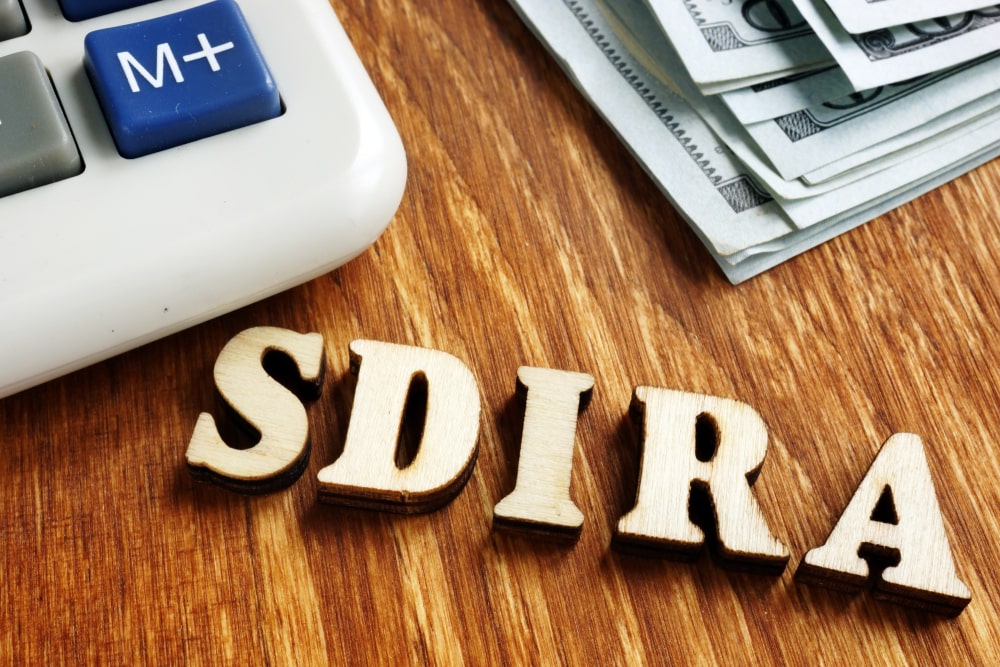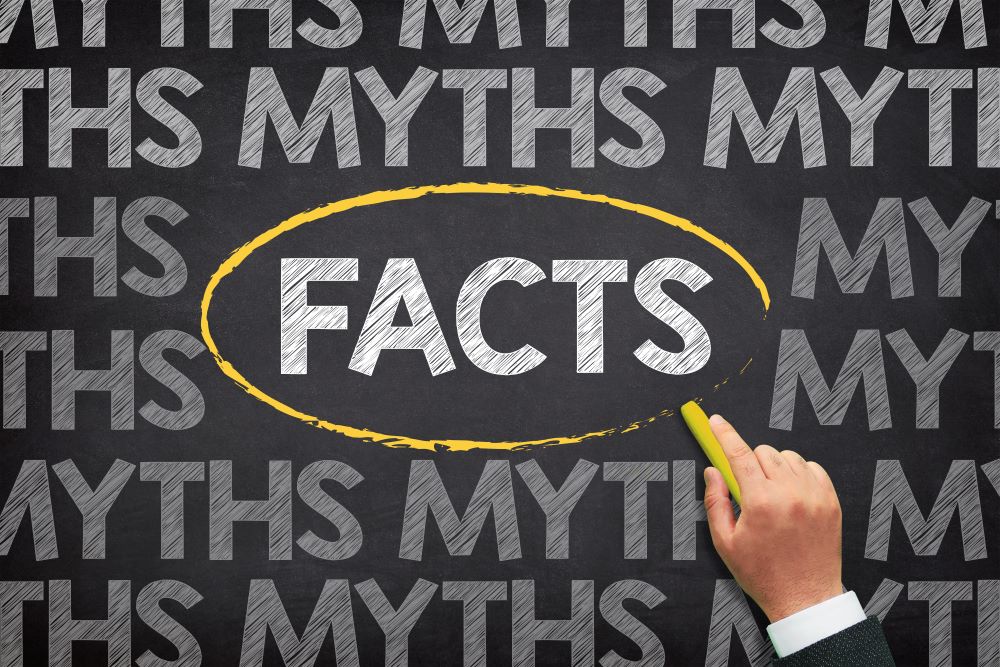- About
- Self-Directed IRA
- Sponsors Hub
- Assets
- Information Center
- Client Resources & Forms
- Contact Us
close
- About
- Self-Directed IRA
- Sponsors Hub
- Assets
- Information Center
- Client Resources & Forms
- Contact Us
close
An SDIRA is commonly referred to as a Self-Directed IRA, Alternative IRA, Real Estate IRA, or Gold IRA. It is an individual retirement account that provides a unique approach to help grow your retirement savings. Like a standard IRA, an SDIRA lets you save for retirement in a tax-advantaged account. Both account types also follow the same IRS rules for contribution limits and distributions.
An SDIRA lets you, the account holder, diversify your retirement portfolio with alternative assets such as real estate, private placements, promissory notes, and precious metals.
Madison Trust’s SDIRA fees are among the lowest in the industry and are set at a fixed flat rate regardless of your account’s value.
Setting up your Self-Directed IRA is as easy as 1-2-3! (1) Open an account at an SDIRA custodian (2) Fund the account (3) Place the investment.
When researching retirement accounts, you may have come across the term “Self-Directed Individual Retirement Account” (SDIRA). An SDIRA is a tax-advantaged retirement account that allows you to invest your retirement funds into alternative assets.
Like most investors, you likely want more information, such as: What is an SDIRA? How does investing from an SDIRA work? What is the difference between an SDIRA and a standard IRA? We’ll explore these answers and more so you can unlock your investing potential.

An SDIRA differs from a standard IRA because it offers a broader range of investment options. While a standard IRA lets you invest in Wall Street products (stocks, bonds, and mutual funds), an SDIRA allows you to invest in almost any alternative asset. Popular types of investments include real estate, precious metals, and private placements.
The majority of investors keep their IRAs at brokerage houses that typically only permit investing in stocks, bonds, and mutual funds. To invest in alternative assets, an investor must open a Self-Directed IRA at a custodian that specializes in SDIRAs. SDIRA custodians specialize in holding alternative assets and include banks and trust companies. Once you choose the best SDIRA custodian, you can open an account, contribute to it, and place an investment, just as you would with a standard IRA.

Diversification Opportunities
An SDIRA enables you, the account holder, to diversify your retirement portfolio into assets typically inaccessible in a standard IRA. Alternative assets typically provide a hedge against stock market fluctuations.
Personalized Investing
An SDIRA lets you invest in assets you know and believe in. Under self-direction, you can invest in assets that help you achieve your retirement goals.
Enhanced
Stability
With an SDIRA, you can invest in assets that generally have a more consistent and reliable revenue stream. Popular investments include rental properties, secured promissory notes, and tax liens.

Submit an Investment Authorization Form – Once you select an investment, fill out an Investment Authorization Form and submit it to the SDIRA custodian. This form instructs the custodian to place an investment on behalf of your IRA.
Please note that depending on the nature of the asset, certain investments will have more extensive paperwork. For example, real estate investing involves title and deed processing. For more information, visit our “How To” Flowcharts page.
Individual Retirement Account to invest in alternative assets beyond Wall Street.
• Best for low-transaction investments
• To invest, instruct Madison Trust to send your IRA funds via check or wire to your investment
• Simple set-up; no LLC or trust is required
SDIRA that allows you to perform transactions in real-time through the creation of an IRS-compliant entity, such as an LLC or a trust and a dedicated LLC or trust checking account.
• Best for transaction-heavy investments
• Place an investment by simply writing a check or sending a wire directly from your Checkbook IRA’s dedicated checking account
• Broad Financial, MTC’s sister company, will create the entity (LLC or trust) for you
Contributions are pre-tax, funds grow tax-deferred, and you pay taxes upon distributions
Contributions are made with after-tax dollars, allowing for tax-free growth
Account ideal for self-employed individuals and small business owners, with higher contribution limits
Account ideal for self-employed individuals and small businesses with an employer match component
A Self-Directed IRA can legally invest in almost any asset. The only assets that are off limits are collectibles, life insurance,
and S-corps. Some of the more popular investments include:
The IRS dictates the annual contributions limits for an SDIRA, which are the same as those for a standard IRA. As of 2024, the maximum SDIRA contribution is $7,000 ($8,000 if you are age 50+).
Please note that the IRS can change the SDIRA contribution limits yearly.

A distribution from an existing qualified retirement account, such as a 401(k), deposited into a new SDIRA. A rollover can be direct or indirect.
The movement of funds from an IRA at one financial institution directly into an IRA at another. A transfer is typically a nontaxable event.
The deposit of funds into an SDIRA from your personal checking account, savings account, or with a credit card payment.
The conversion of funds from a tax-deferred account (SDIRA Traditional IRA, SDIRA SEP IRA, SDIRA SIMPLE IRA) to a Roth SDIRA. This is a taxable event; it’s considered best practice to consult your tax advisor before conducting a Roth conversion.
UBIT (Unrelated Business Income Tax) & UDFI (Unrelated Debt Financed Income)
Taxes that are due when your IRA runs an active business or uses a loan to help finance your investment.
Contribution &
Distribution Rules
The IRS puts maximum limits on contributions. There is also a minimum age to withdraw funds without penalty. If you have a tax-deferred IRA, you must withdraw funds once you turn a certain age.
For more information, please visit Self-Directed IRA Rules.





